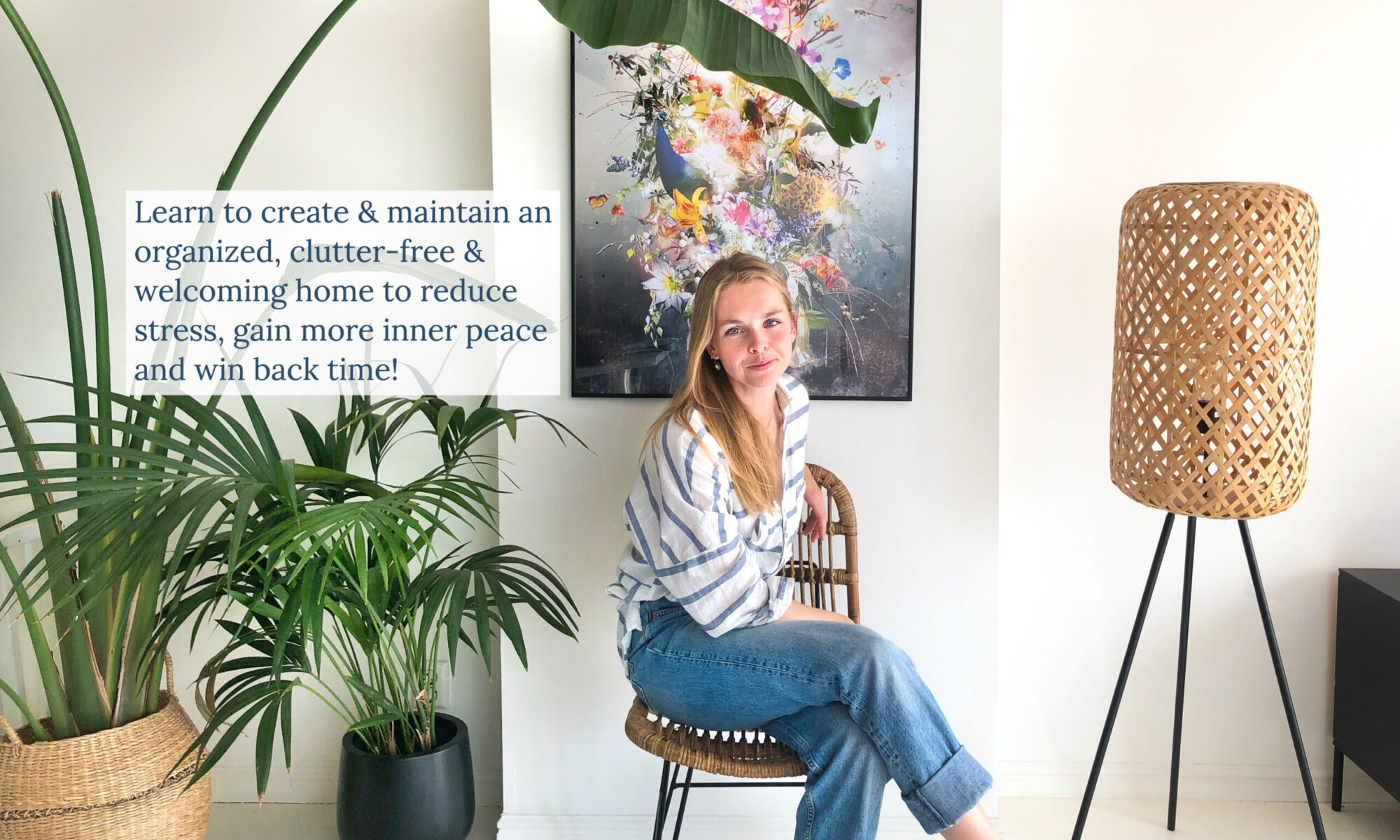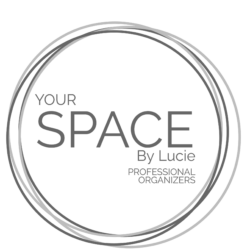It is January, and most of Europe is yet on another strict lockdown. As household owners, we seem to be divided, depending on our life and family situation, into two basic groups (and much more, but for this article, let’s keep it simple).
The ones who have no time to spare as their kids are home and need to be given both education and attention. While household still needs to be run and work needs to get done.
The other group finds themselves with some extra time, on the other hand. Spending more or most time at home and without kids, I have seen people picking up new hobbies, starting on house projects, or reading more books…and perhaps watching Netflix.
If you belong to the first group, save your ambitions. You are already doing enough now, so safe your house organization for another time. However, if you do have 10mins left in your day and desperately want to lessen the chaos around, watch this simple video. It comes from the time I was helping a family to homeschool myself and could feel the load of the combined environment (household + office + school). If you don’t want to lose this article about decluttering, save my blog to your bookmarks, or subscribe to my newsletter for monthly tips. And come back to it when you have a bit more time.
If you belong to the second group, however, and want to spend your extra time on decluttering and organizing your house, you’re on the right page. This article is about how to start decluttering and not get lost in the process. The secret lies in good preparation: Categorize first!
why should you categorize first?
Just as Marie Kondo suggests, decluttering based on categories is more efficient and I usually go with that strategy as well. In her book ‘The Lifechanging Magic of Tidying Up’ she invites to declutter in categories as opposed to rooms. It’s because many times you have the same stuff in multiple places in your house and while you declutter and organize one room/section, you might need to reorganize it again, as you find more of the same stuff elsewhere in your house later on.
I would add, that it is also important for time efficiency and energy preservation, as well as for having a clear plan of what you are doing. I am writing more on this below.
Her 5 famous categories are clothes, books, papers, komono (miscellaneous), and sentimental items. Those categories are a good starting point, however, they’re quite brought and I like to further subdivide most of it.
So first thing first, think about what categories you’re dealing with in your process! Good preparation is the most important aspect of following your project through without getting lost. And for that reason, you might hire a professional organizer who will bring that plan of execution to your project and make sure you don’t derail. If you wish to do it on your own, take some time aside to plan your sessions. If you don’t have much free time, schedule which categories you do and when.
how to categorize?
If you want to set on a whole-house decluttering project, clothing and textiles are usually a good way to start, as they are more clearly distinguished. I often follow with books, bathroom, and kitchen. For the rest, it tends to be harder as the categories collide, overlap, and take over different spaces in the house (and I will write another article about that complexity later).
But even if you set to declutter and organize only one room, have a clear category as a starting point. Because starting from a corner will quickly exhaust you as you try to combine two different tasks: Categorizing and decluttering at the same time (don’t even think about organizing at this point!). So for example, the “everything” room (formerly named as a guest room) will probably have some electronics, some papers, lots of memories, outdoor equipment, old clothes, etc. Get clear on the categories you are dealing with and declutter them one by one. Either day by day, or hour by hour – depending on your situation, your time, and your stamina.
4 benefits of categorizing before decluttering
1)Time-saving
Just as mentioned in the video, once you proceed to the actual decluttering after you have categorized, there’s a simple task for you. Declutter. You don’t need to put any energy switching your focus from different unrelated objects (and where do these objects belong in my life). You can simply make the decisions to keep it or to let it go. Decluttering is a draining process and you want to make it as easy as possible for yourself. Approach each pile one by one and just get those decisions done.
2) Single focus
Especially for those who are more likely to get distracted (like ADHD for example) by the interesting objects one finds, it’s helpful to make your tasks smaller and simpler.
Tasks like “Now I am doing just one thing, collecting all the papers in this room to one pile”. When you do get distracted, you still had that one task to come back to and to complete instead of coming to a more complex categorize/declutter/organize project. “Right, I was just collecting all the papers to one pile”. Such tasks can be as short as 10 minutes.
3) End procrastination
Tacking a mountain is an overwhelming task. And that is exactly how it might feel if you approach your project as one big thing. The bigger and more overwhelming projects feel, the less likely they will get done. Especially if there’s no urgency to them (like, you can live like this for another year)! Divide your project into chunks of categories and you will find out it’ s not as bad as you thought.
4) Double check-in
This whole process means, that you’ll most likely touch some objects more times. Once when categorizing, once when decluttering, and once again when organizing. Even though this might seem as a waste of time, touching things multiple times has its benefits. First of all, you’ll remember you actually own this thing! And secondly, it can help you with your decision making when decluttering.
When we come across something we haven’t seen for a long time or we even forgot we own it, it might jump out as a surprise and trigger an emotional reaction. Perhaps a nostalgia or curiosity. At such point, we might not be ready to let that item go. However, once we acknowledge that it’s there, and get used to that fact (as we carry on categorizing), its existence won’t be such a surprise once we come to declutter it. That momentarily emotion we felt the first time we touched that object might be gone and we can rely better on our final decision to keep it or to leave it.
Do you need more PERSONALIZED TIPS AND SOLUTIONS FOR YOUR PARTICULAR SITUATION?
I offer virtual organizing sessions 1:1!
Check out how it works and sign up for a free call if you want tailored guidance, and accountability for your next home organizing or decluttering project!

